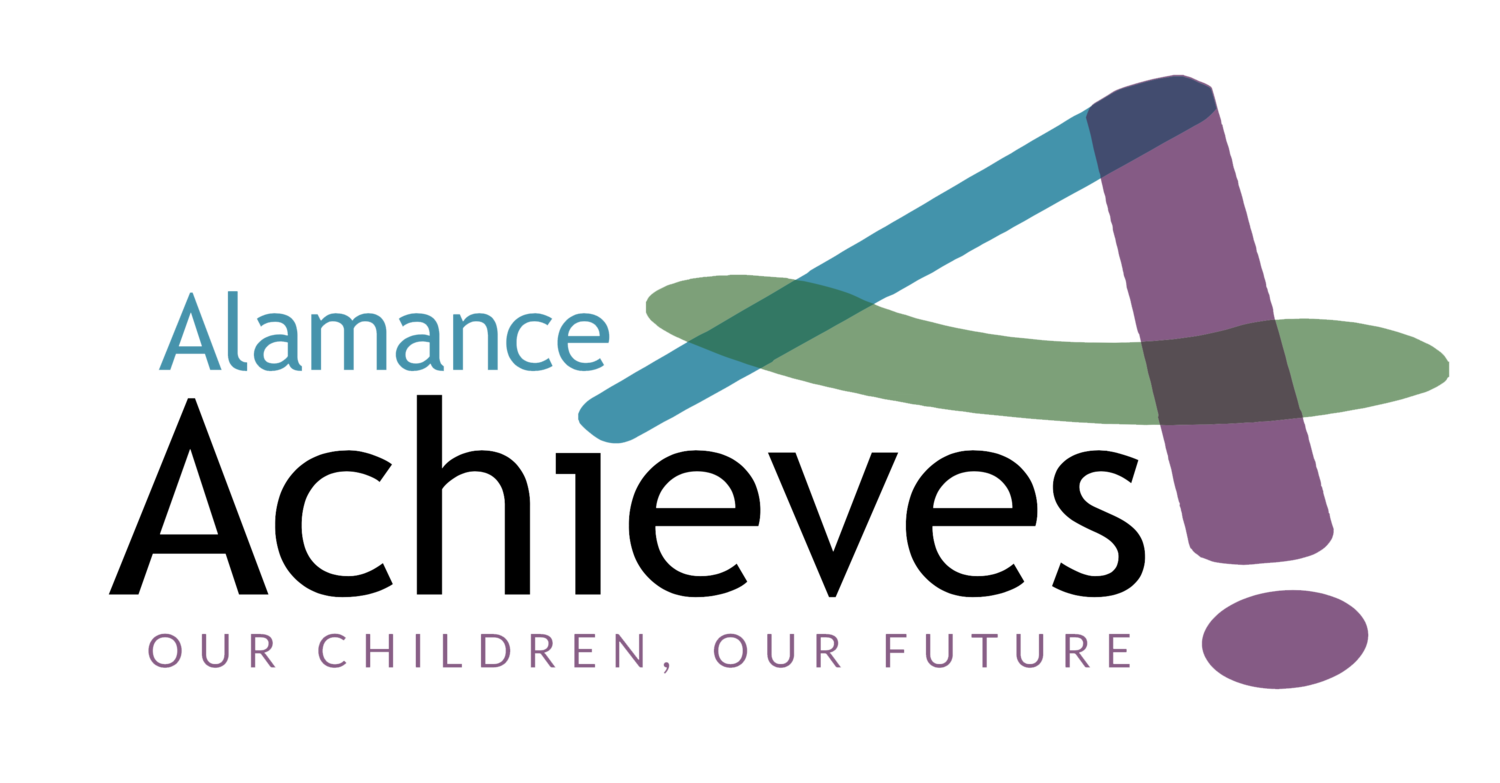Handling what the pandemic has thrown at students and their families, as well as teachers, has been top of mind for many people over the past year. The educators in the Alamance Burlington School System (ABSS) worked quickly last spring and summer to assess their students’ needs to ensure that learning continued despite the disruptions.
While it has been a struggle, many have worked hard to find the positives along the way. “We’ve had so many opportunities to show that we can go above and beyond what the concept of education was or is now,” explained Amy Richardson, Chief Accountability Officer with the Alamance Burlington School System’s Office of Student Learning.
Going online
Between April and July 2020, ABSS investigated several online instructional platforms, before opting for Google Classroom for kindergarten through 5th grade, and Canvas for middle and high school students. The goal was to find systems that would provide students and teachers continuity and ease of use. “In doing that, we landed on a way to not only deliver lessons, but we also worked to streamline the core curriculum to guarantee our standards were a part of the curriculum kids get at every school,” Richardson said.
From there, training was provided for nearly every teacher on how to use the platforms, what it meant to have digital resources and how to best provide blended learning. Richardson shared, “All of this gives us a solid base for coming back to core learning, too. And we’ve made adjustments along the way for what worked well, what didn’t and where can we continue to make improvements.”
Additionally, ABSS’s efforts included providing hotspots to families in the school system’s more rural communities, as well as to get devices into students’ hands.
A big part of the ongoing process has been recognizing the interconnectedness of various systems that impact students and their learning in Alamance County. For instance, Richardson shared that the challenge for some rural residents was simply about internet connectivity. “If you can’t get a cell signal, a hot spot won’t work,” she said. “We can provide a device, but if the infrastructure is not there, we can only go so far to meet that need.” Despite these challenges, she has been amazed to see the ongoing dedication of the school system’s Technology department, who have been working nonstop to provide hotspots and resources to students.
Staying on track
Keeping all students on track for learning has been a significant concern, and this is something that ABSS is also addressing. They have identified high school seniors at risk of not graduating, and they are providing additional, individualized support sessions to either get the student back on track to graduation this year or to shorten the extra time they will need graduate.
A similar focus is being given to 8th graders who will transition to high school in the fall. Meanwhile for those students in third grade, the need to meet end-of-grade reading proficiency levels, part of the state’s Read to Achieve legislation, has not changed. What is yet to be determined is whether the reading camp to assist those not meeting the standards will be in-person or remote this summer.
Along the way, Alamance Achieves has been a valuable partner, particularly in their response to putting resources into students’ hands, such as books. “One of the goals was a push to get books into homes, since regular access to the school and classroom libraries went away,” Richardson said. Alamance Achieves stepped in to help create literacy rich environments in the home. “It was exciting to hear about those efforts.”





